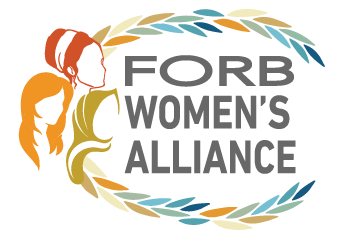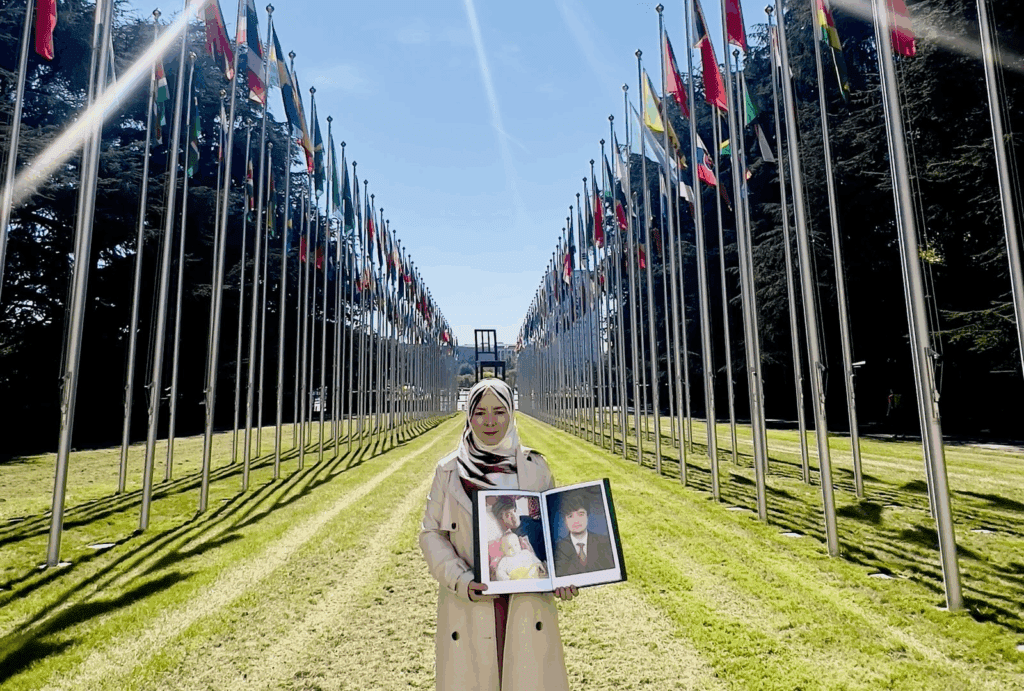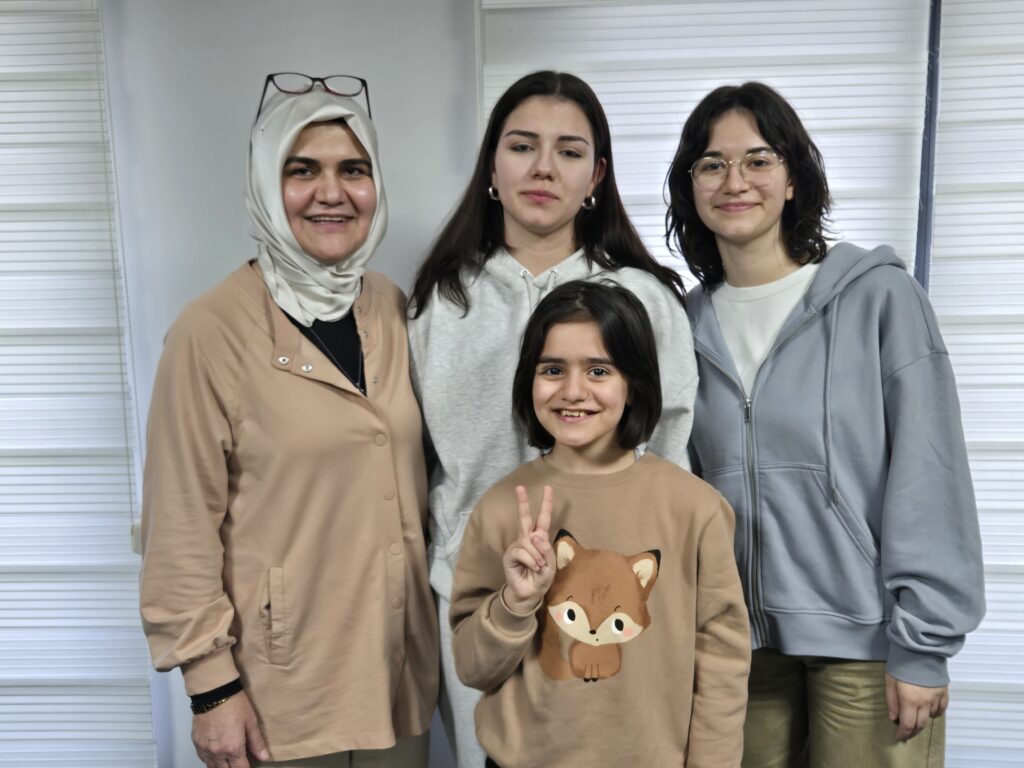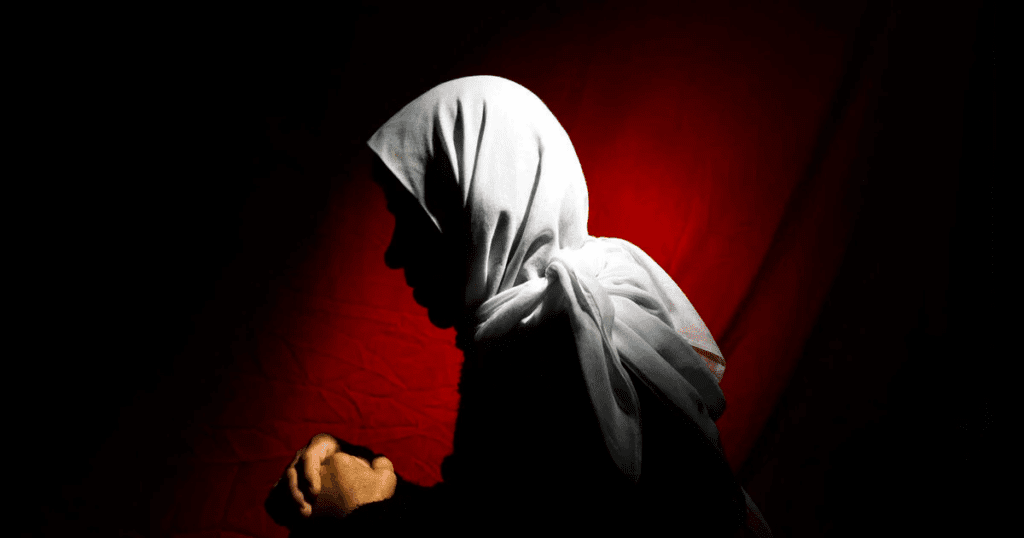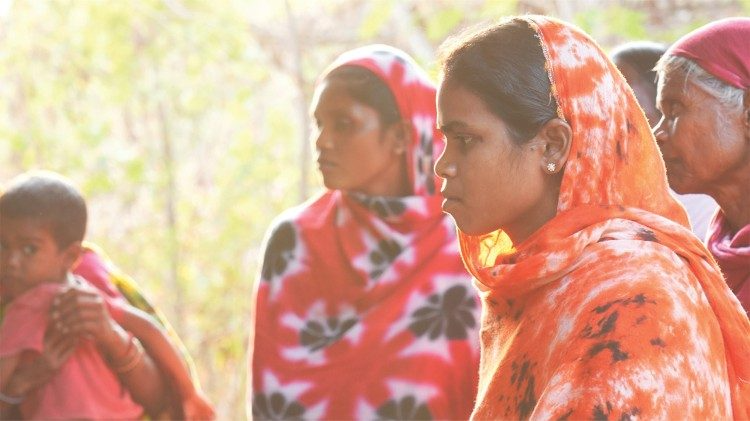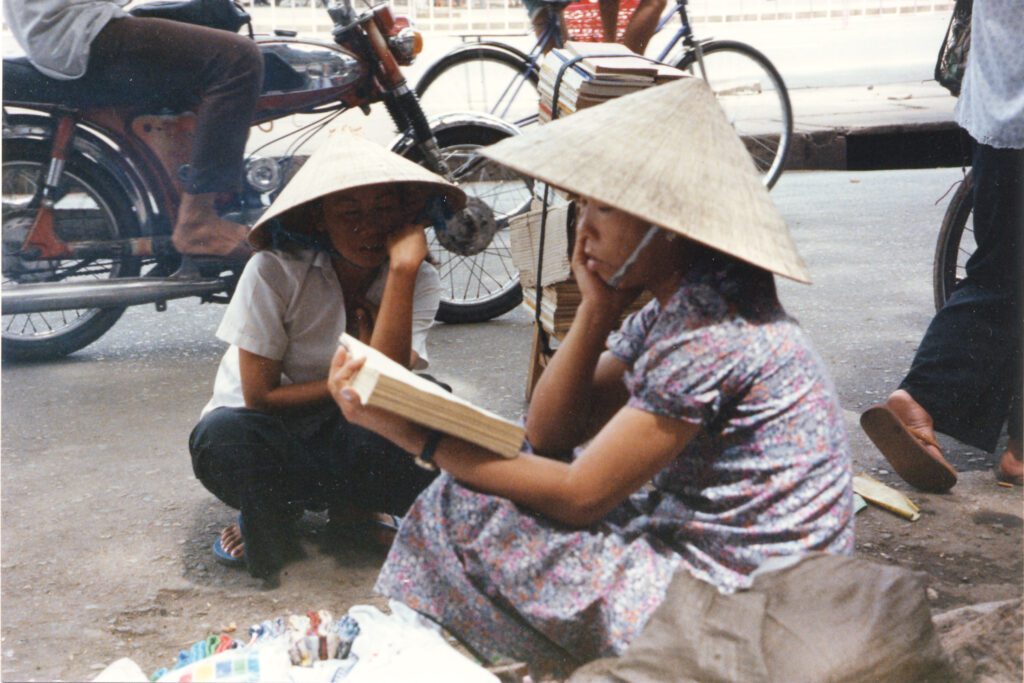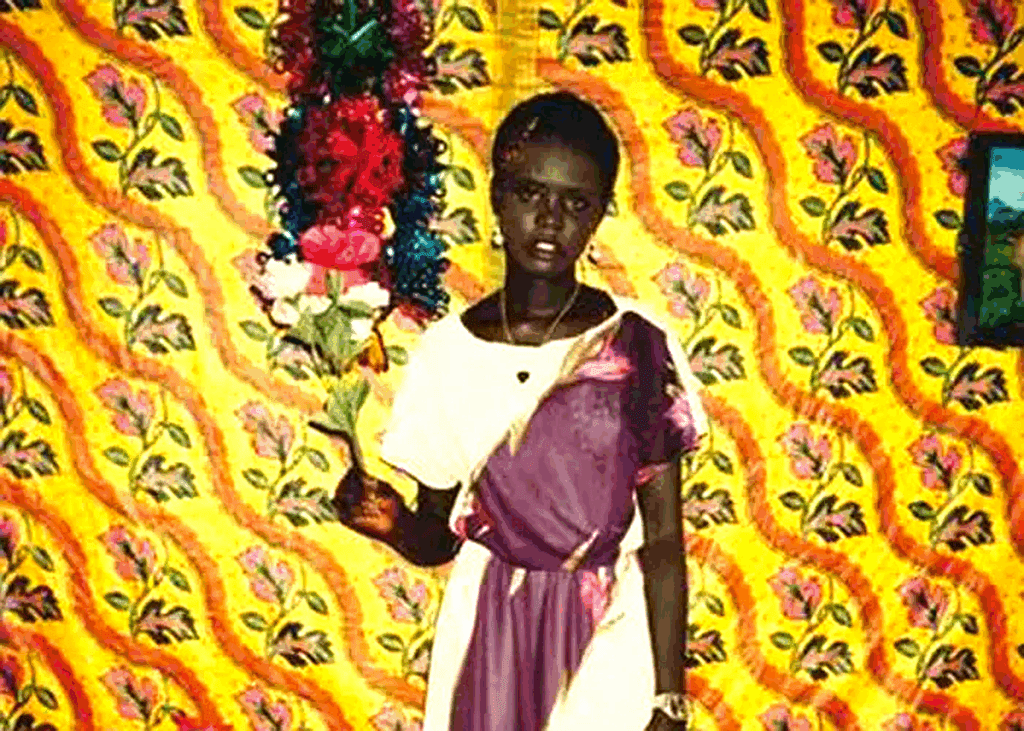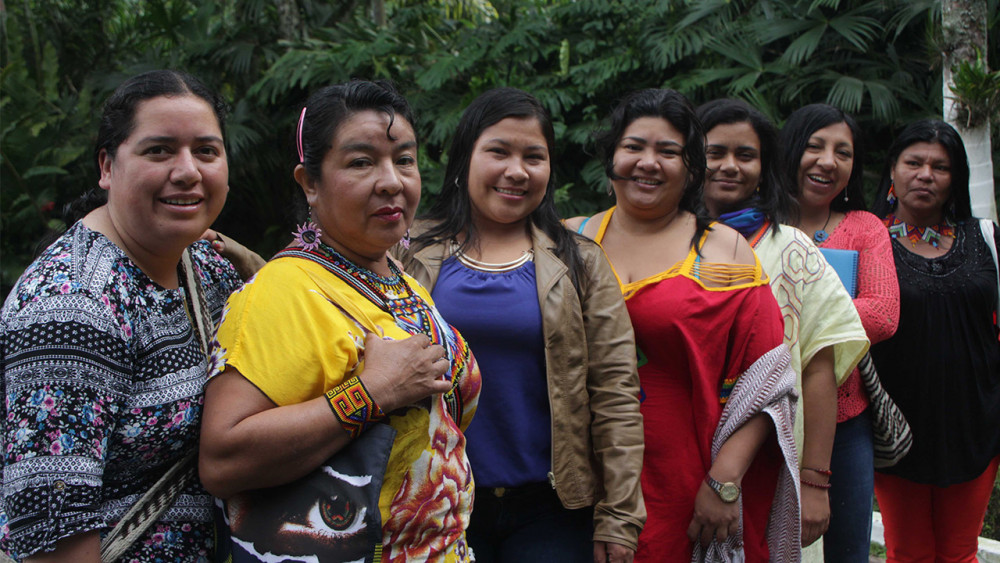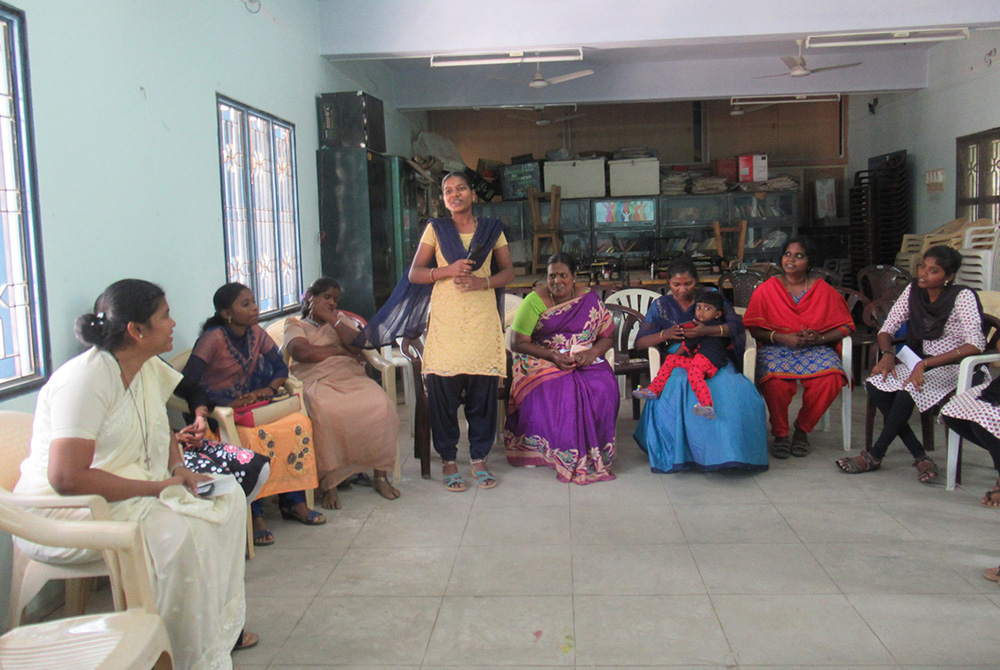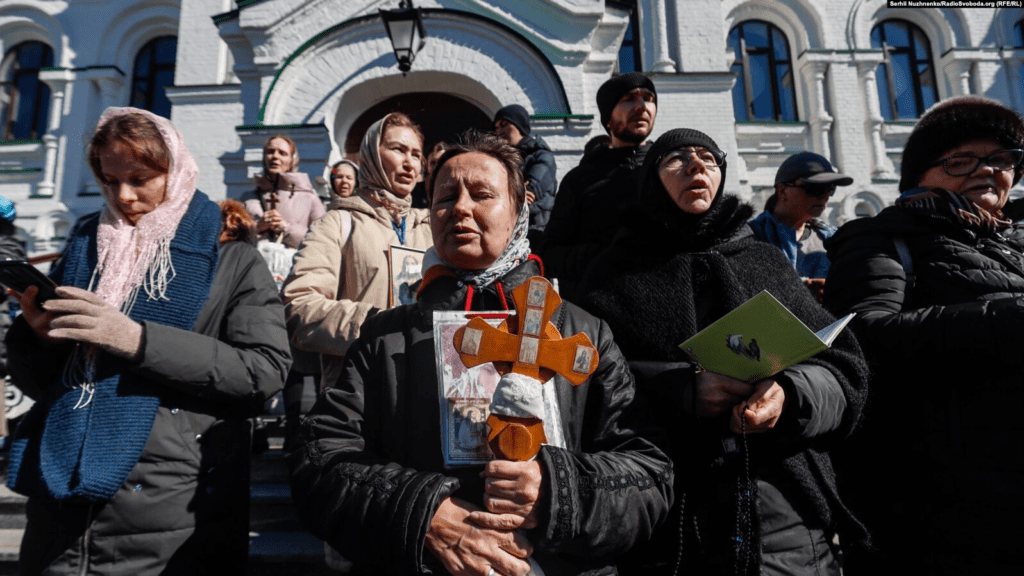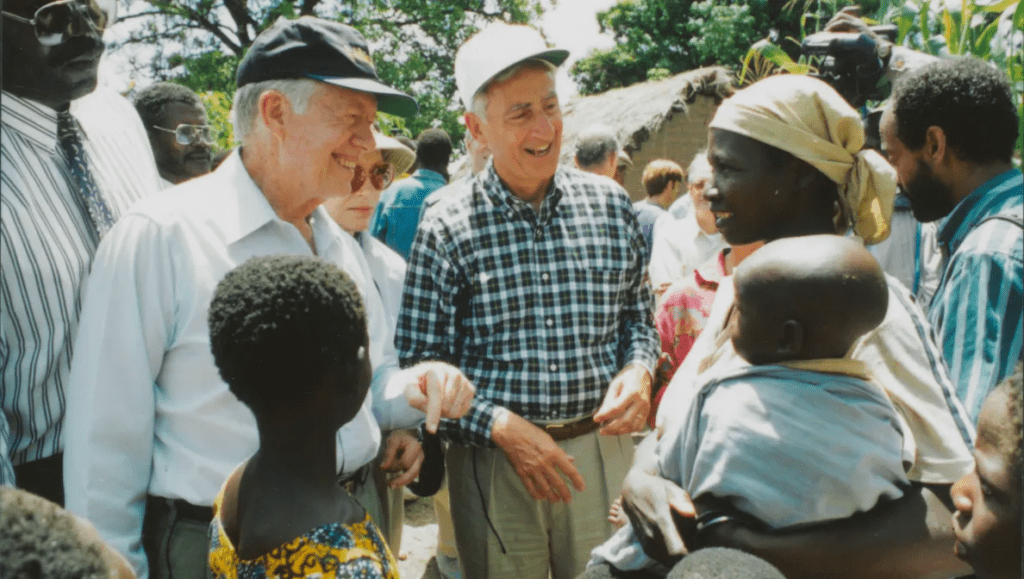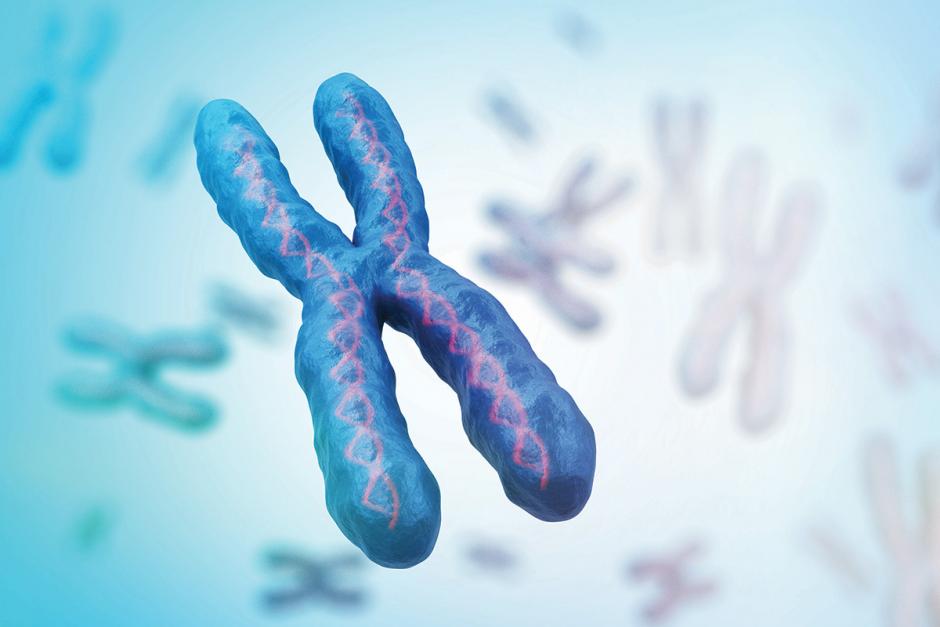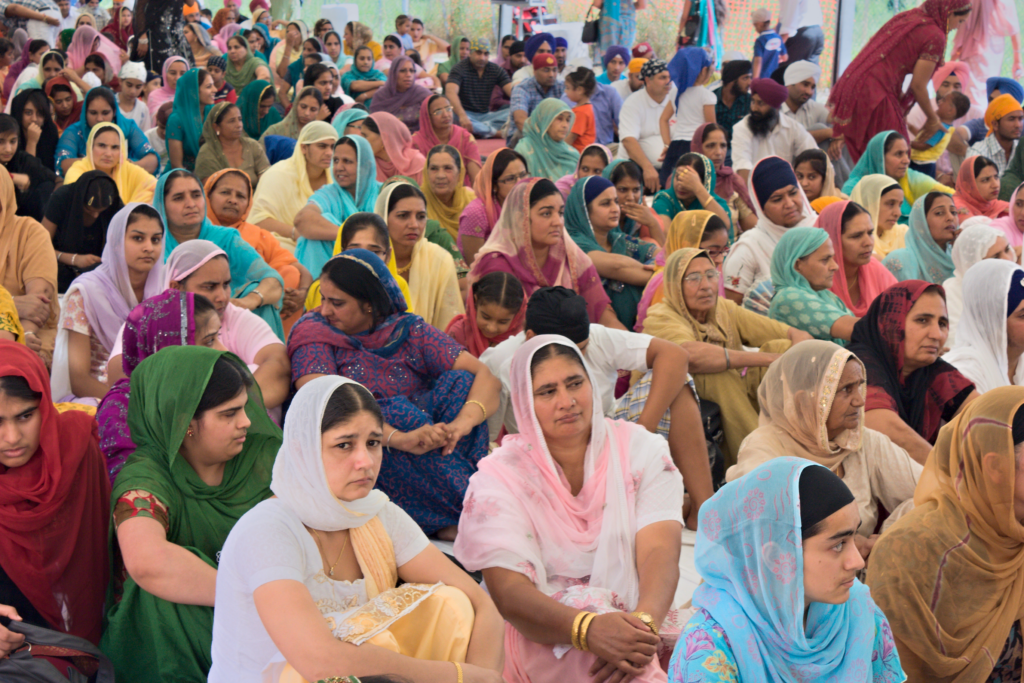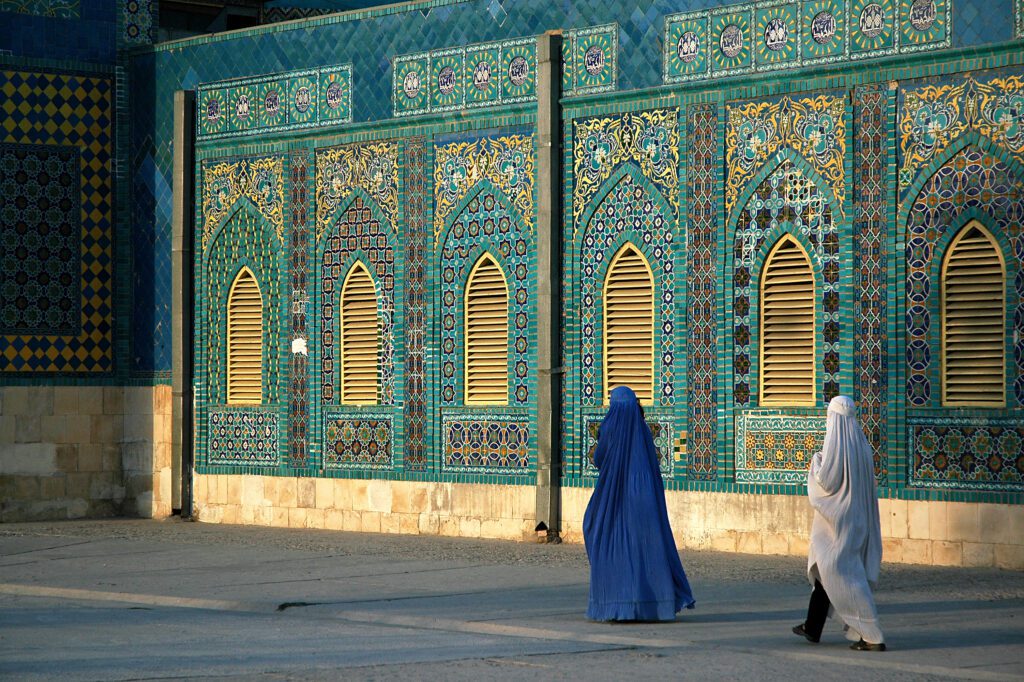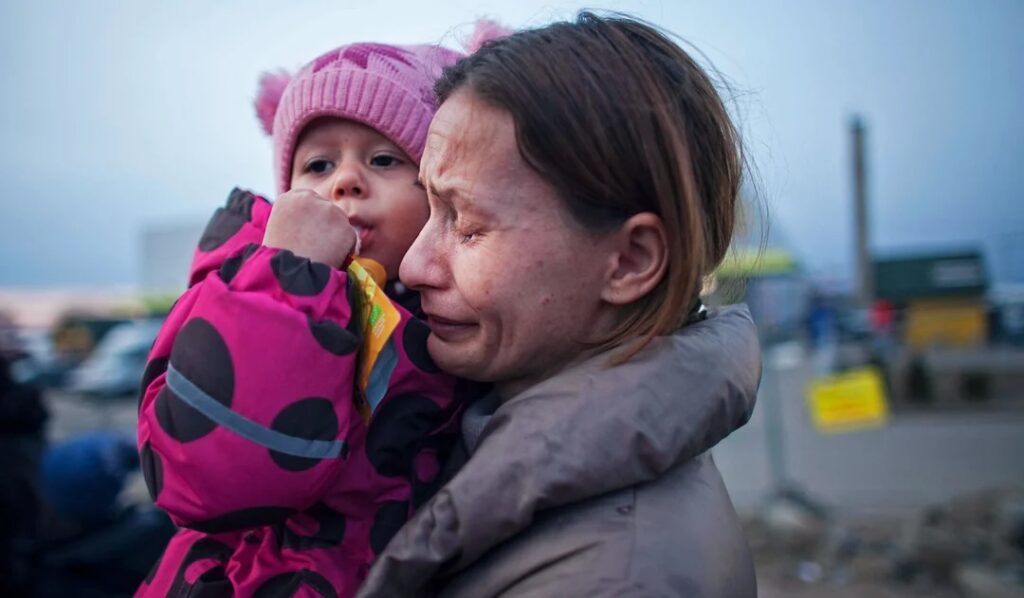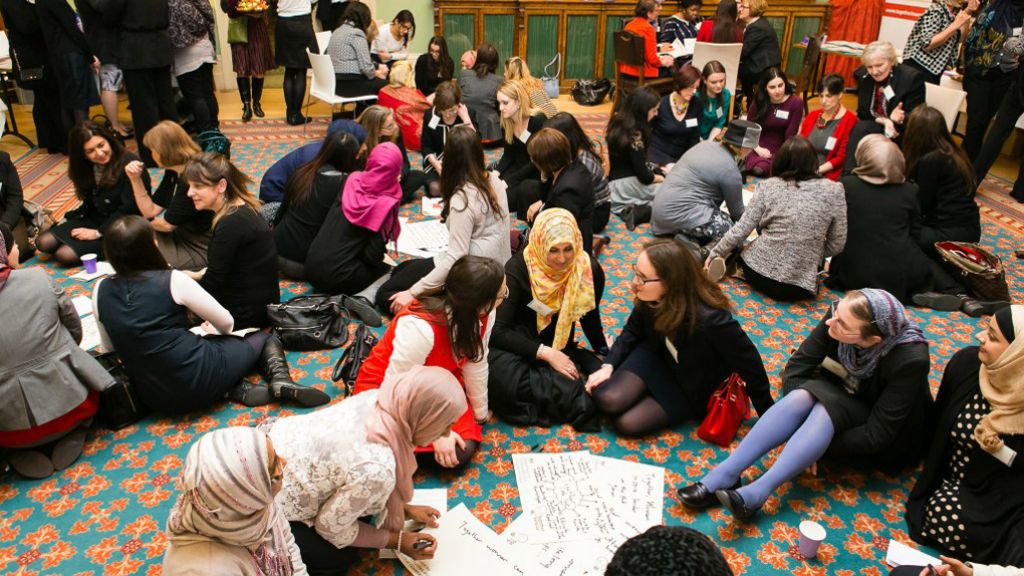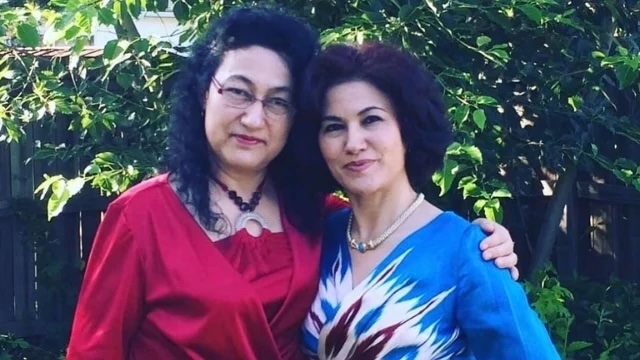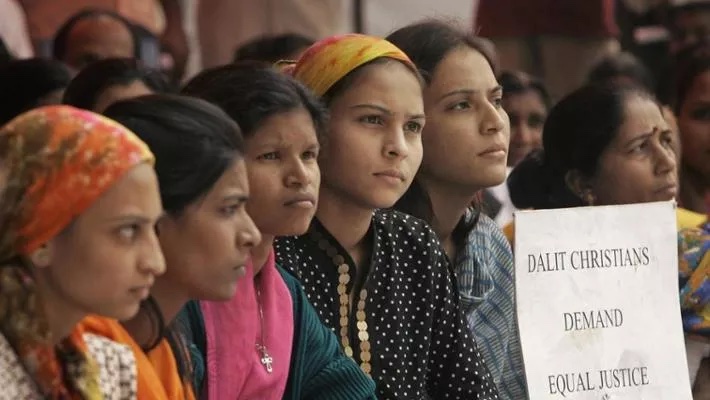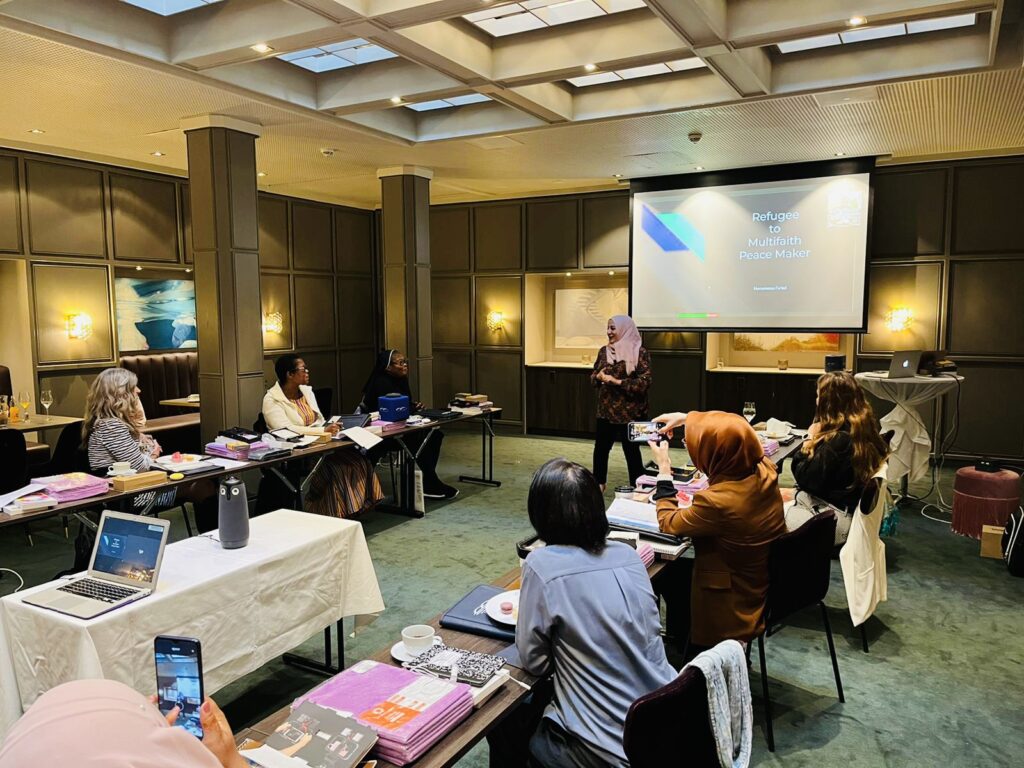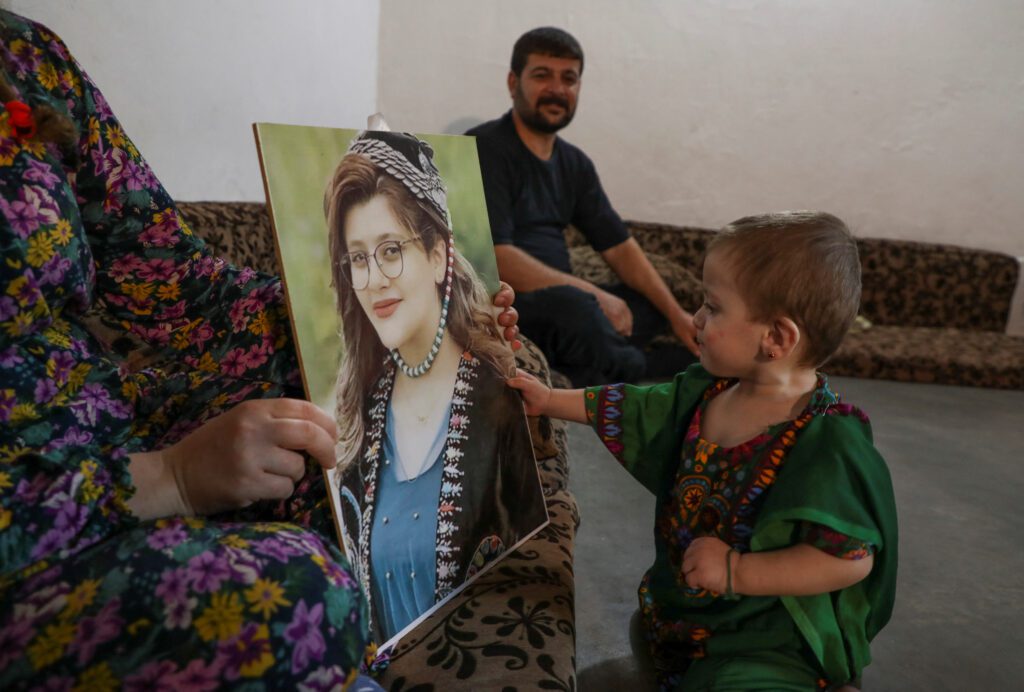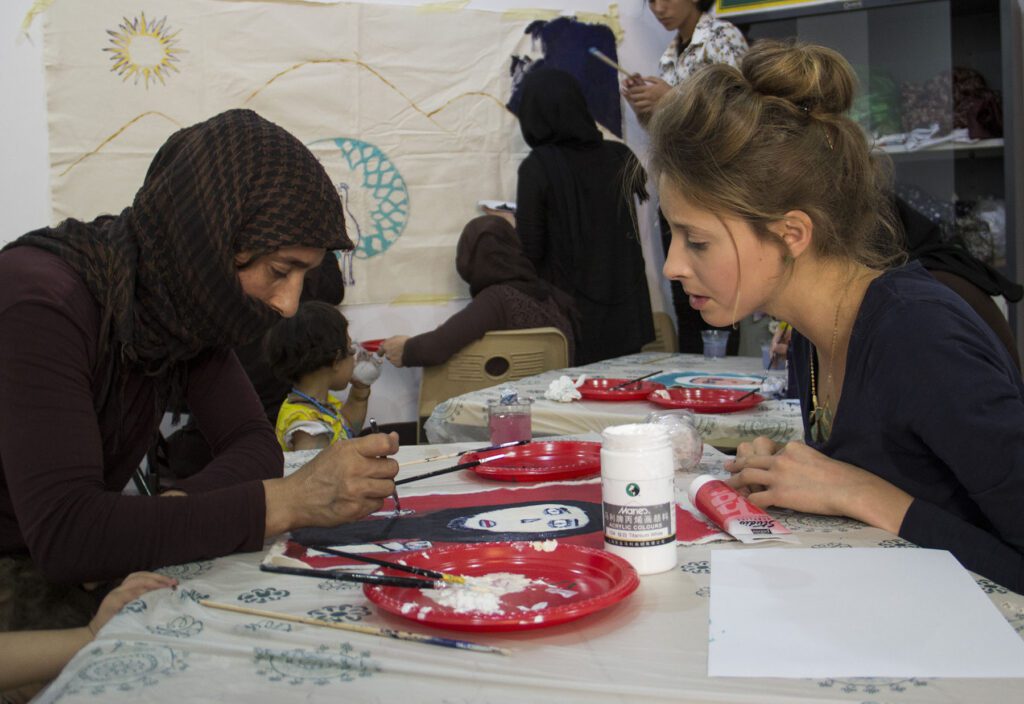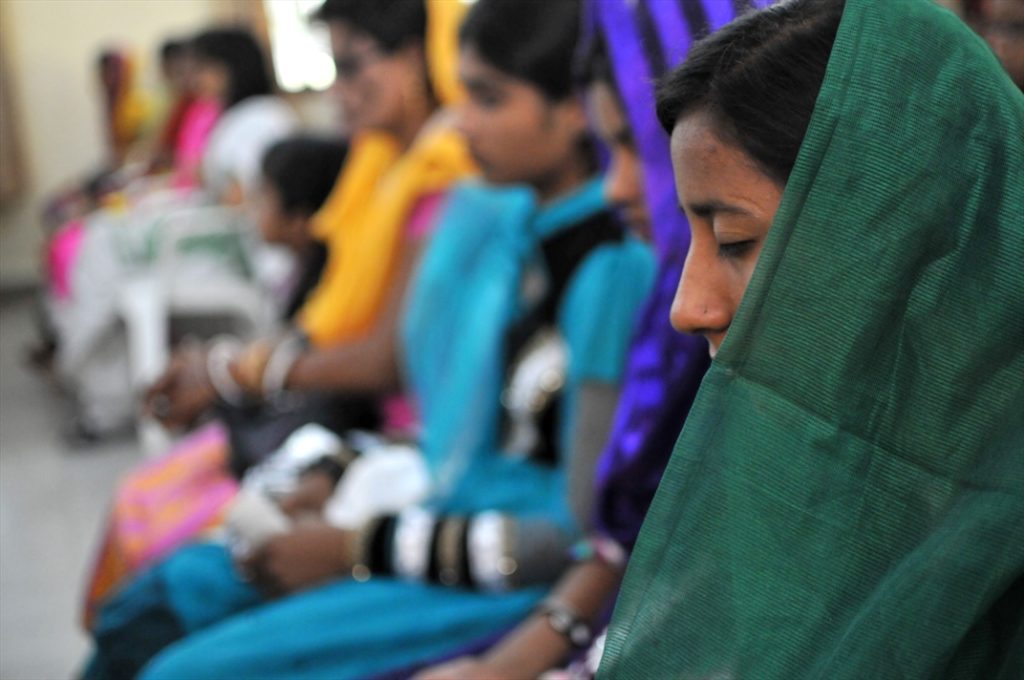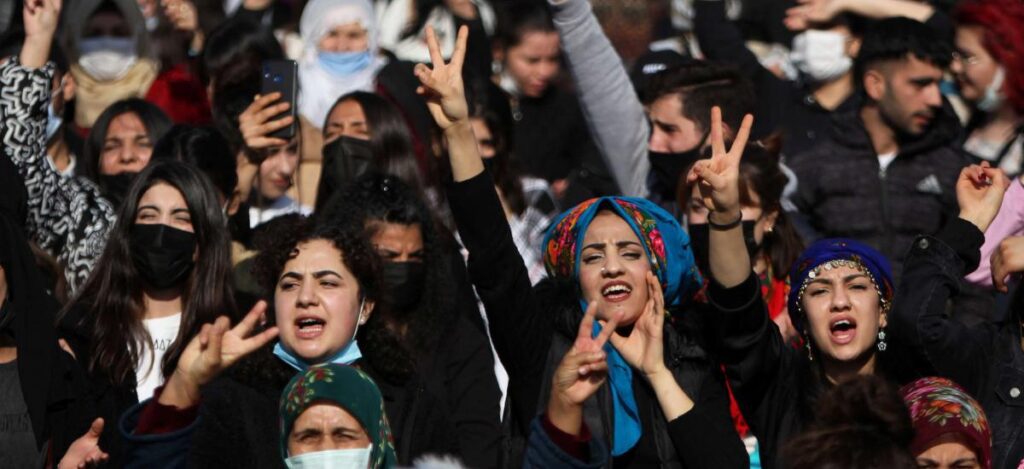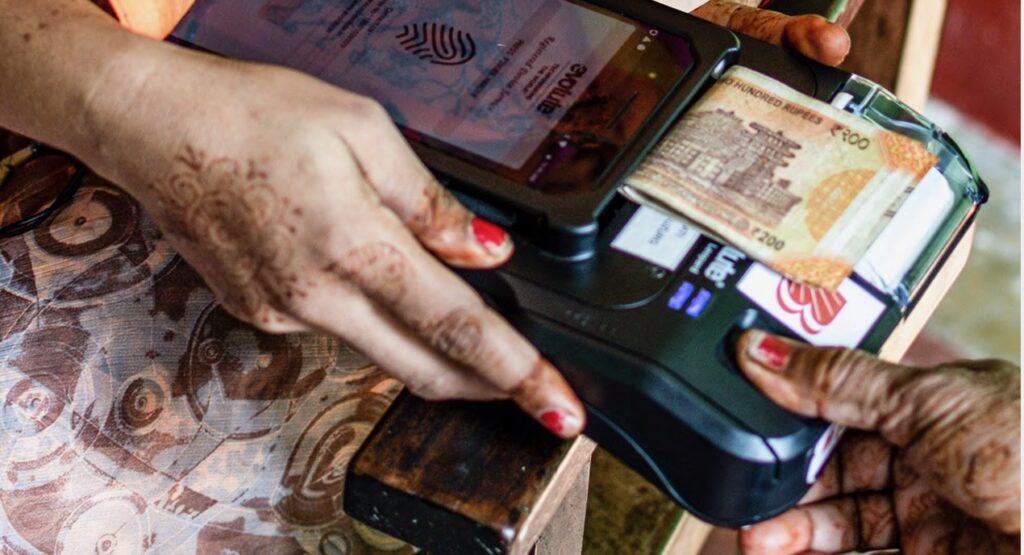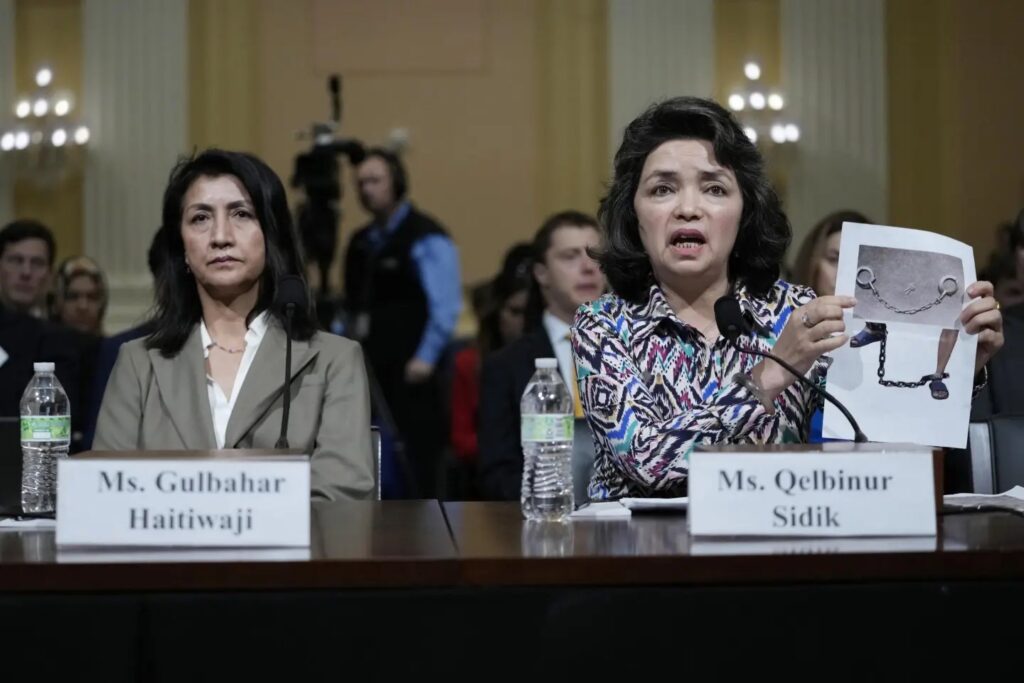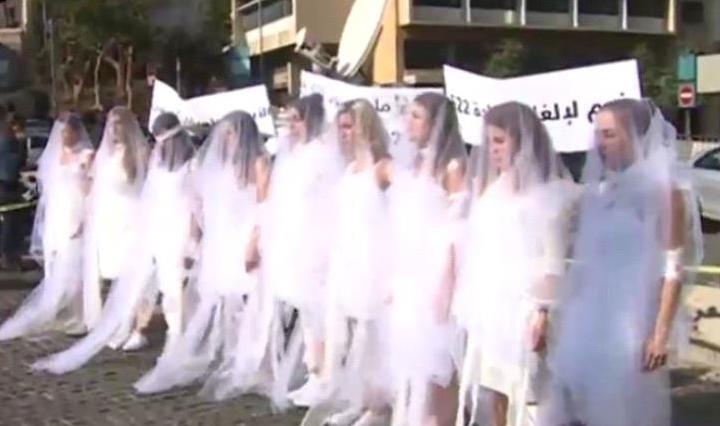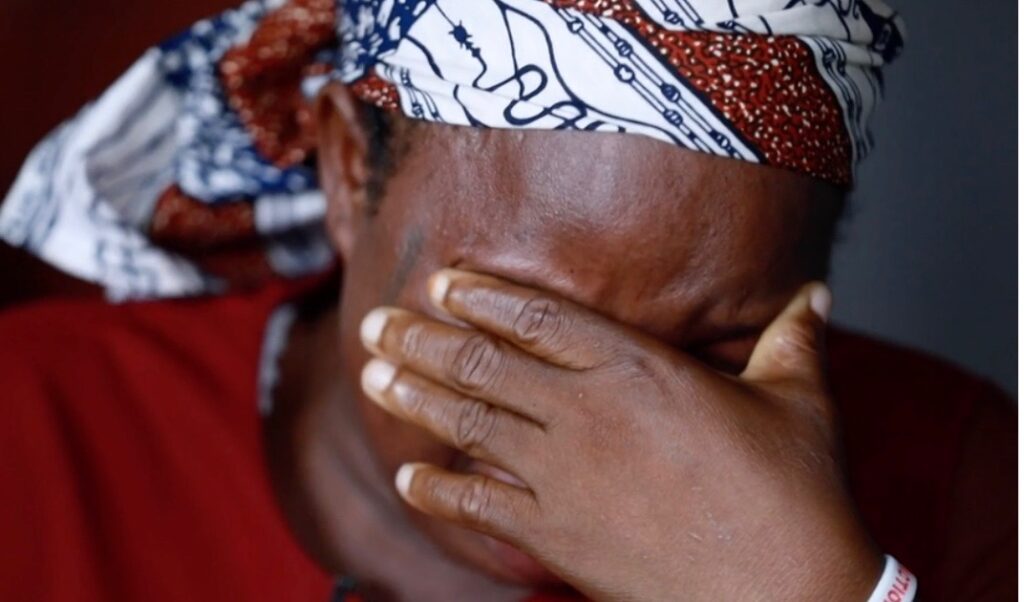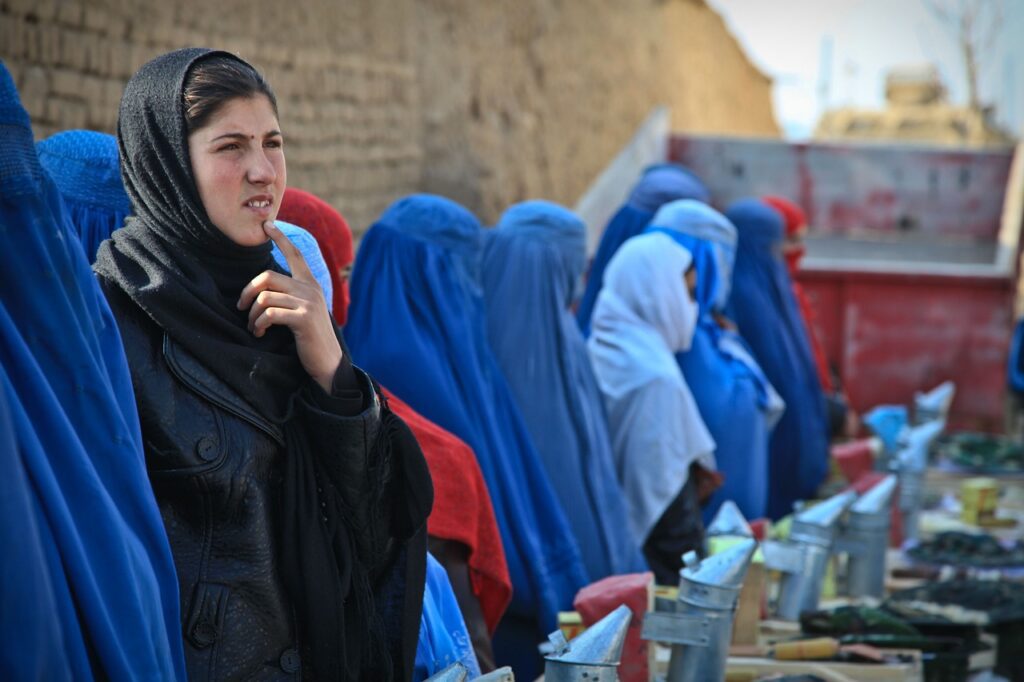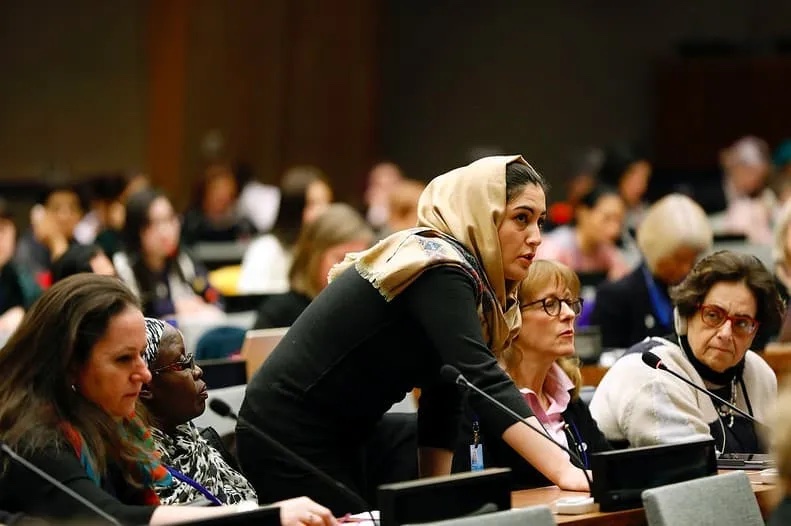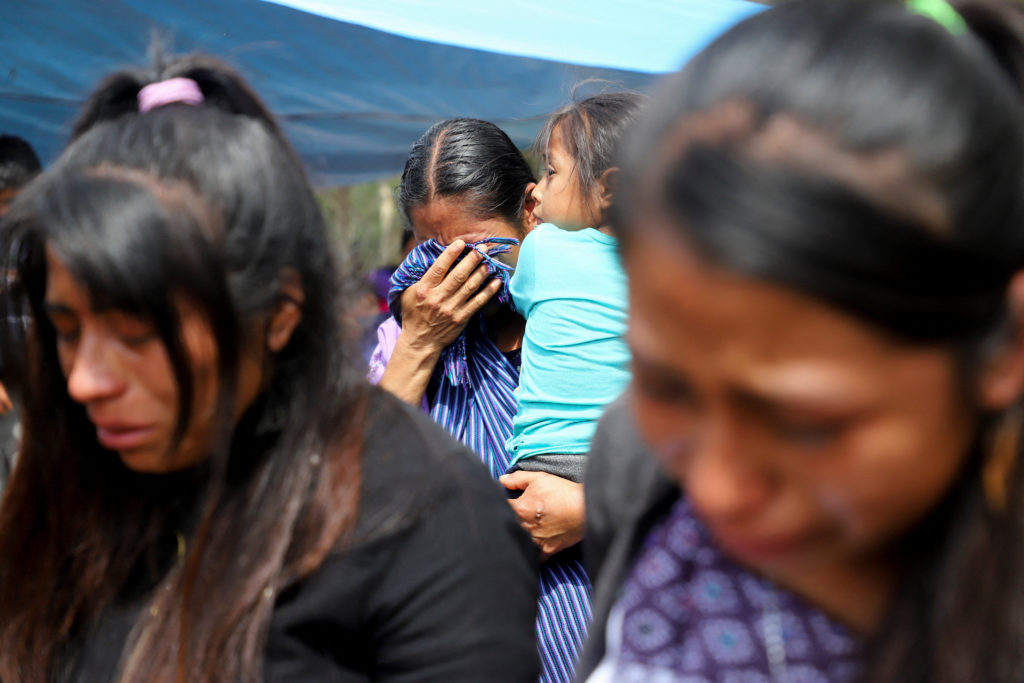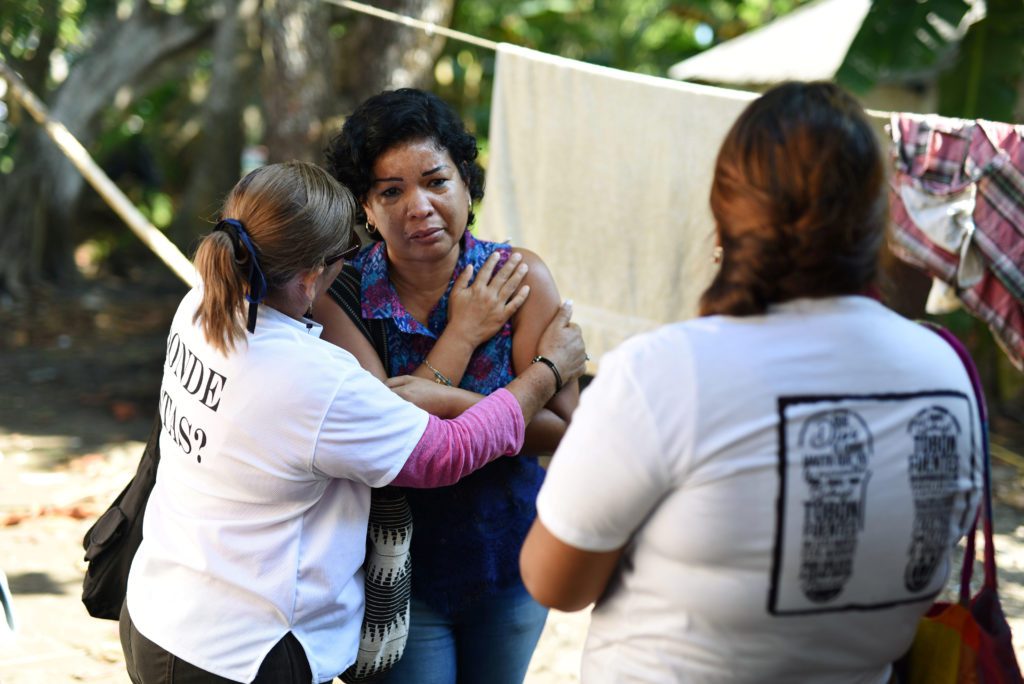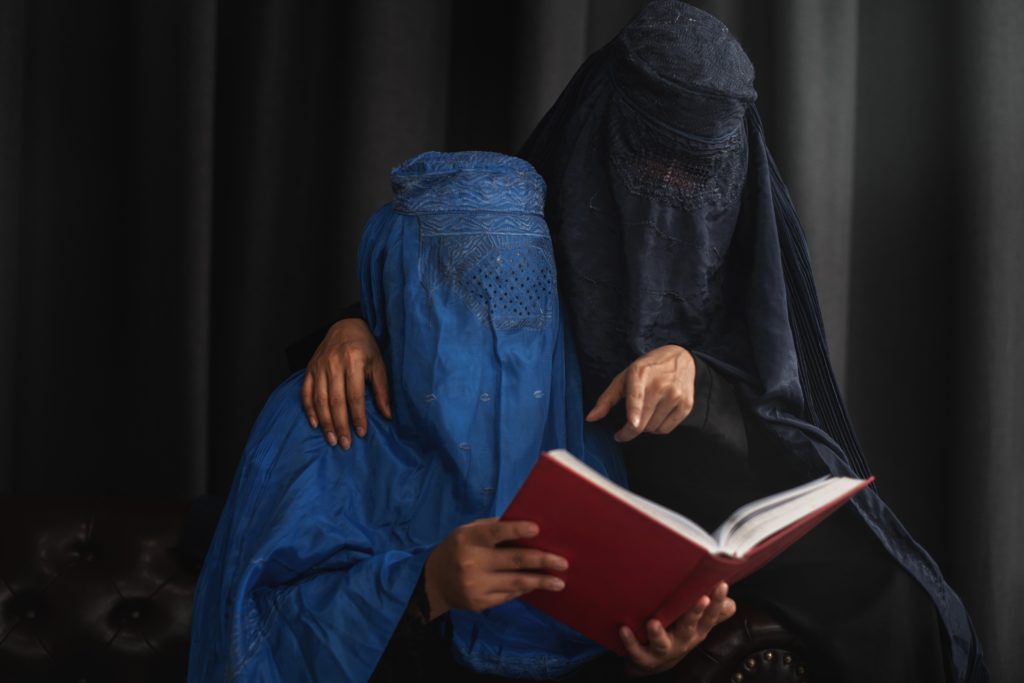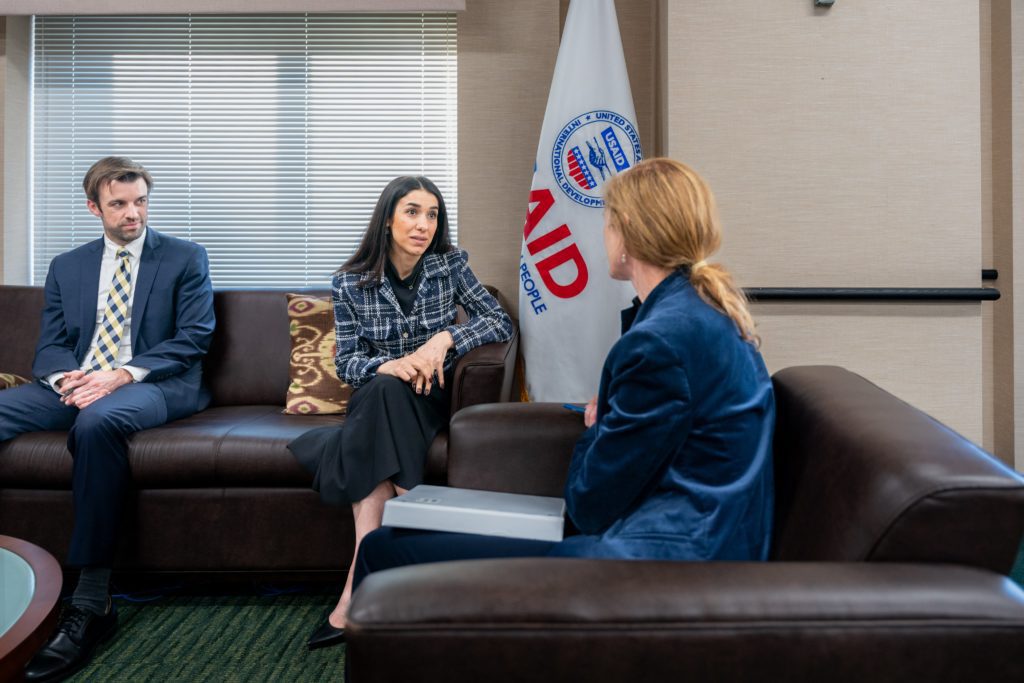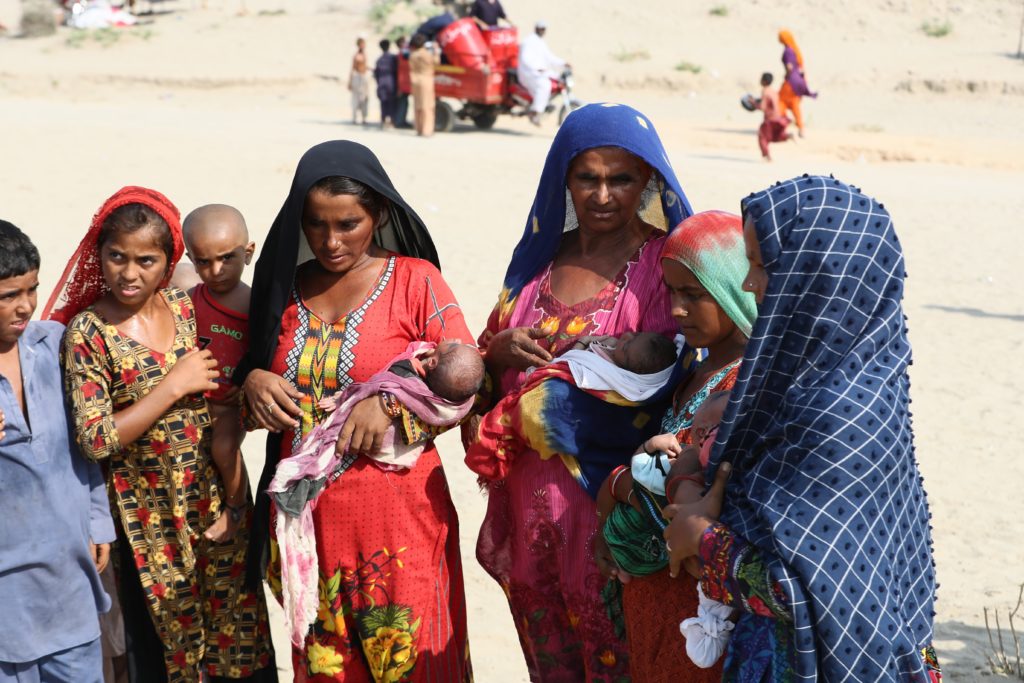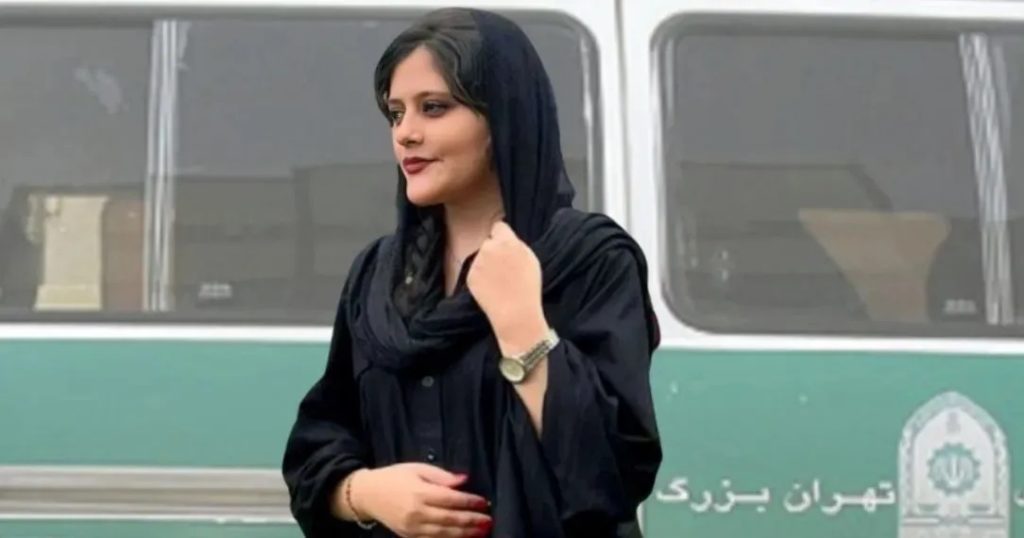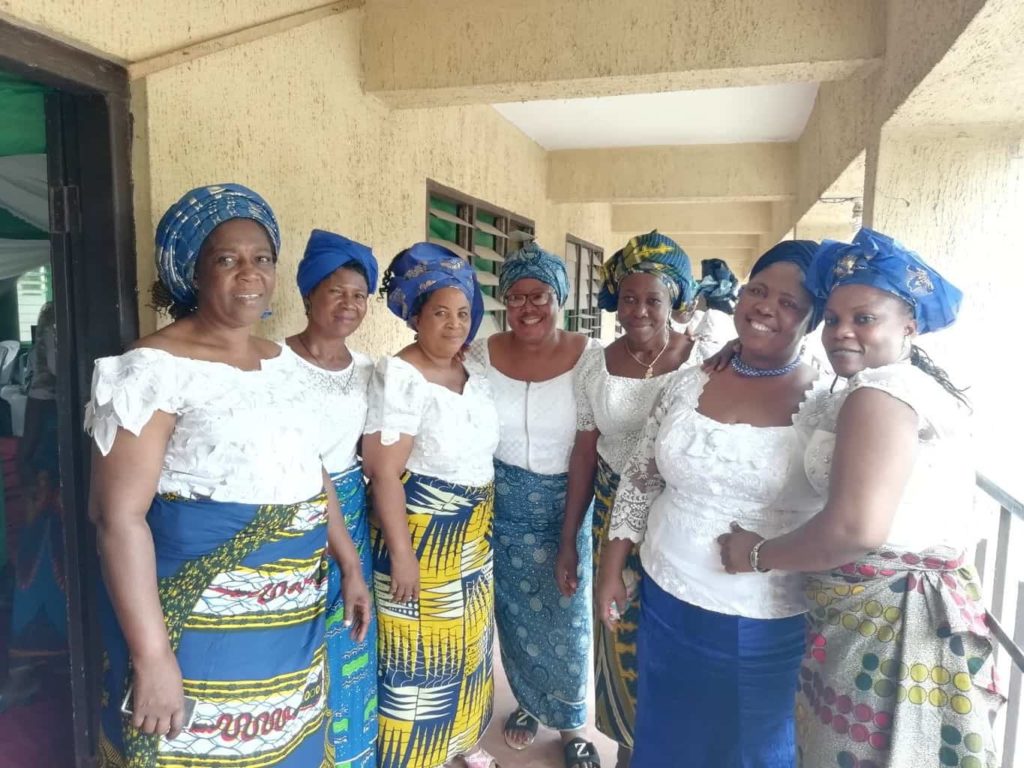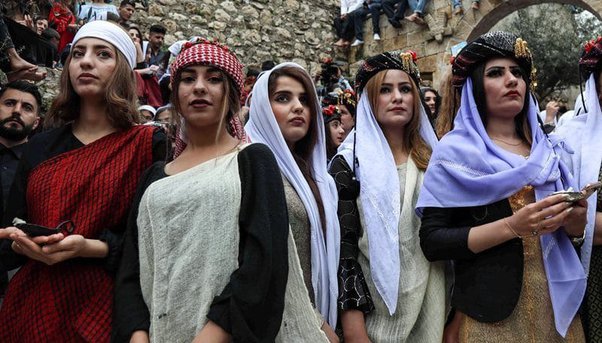The Yazidis, an ethno-religious minority, have faced immense persecution. Almost ten years ago, in August 2014 the community was attacked by ISIS. A visit to Iraq in October 2023 revealed harrowing stories of survival and resilience, including this survivor’s account:
A Survivor’s Story
“I remember dressing Adel in light clothing because of the suffocating heat that day—shorts, a light t-shirt, and sandals,” recalls Maisa, a Yazidi survivor. “Even as we were being surrounded, I thought I needed to grab him a sweater; it gets chilly in the evenings. The panic set in moments later when he was ripped from my arms. His cries echoed in my ears as I held him as tightly as possible until a brutal blow forced me to let go. The feeling of his little hands being clawed from mine still haunts me. I can still smell the gunpowder and feel the heat of that day. The terror in my parents’ eyes is etched in my memory as we were torn apart and taken by those monsters dressed in black. Ten years have passed, but for me, it feels as if I am still trapped in that same moment of horror.”
The Initial Assault and Captivity
On August 3, 2014, ISIS launched a genocidal campaign against the Yazidi community in Iraq. Approximately 7,000 Yazidis were killed, and 6,417 women and girls were taken as sex slaves and sold at markets. Young boys were separated from their families, brainwashed, radicalized, and trained as soldiers. Those who resisted conversion to Islam were executed, with their bodies discarded in mass graves.
During the initial assault on Sinjar, ISIS fighters separated women and girls from their families in brutal and chaotic conditions. Women witnessed their husbands, fathers, and brothers being executed, while they and their children were forcibly taken away. This immediate trauma laid the groundwork for the compound persecution that followed. Women and girls were transported to various holding sites in Iraq and Syria, often kept in overcrowded, unsanitary conditions.
Life as Captives
Yazidi women and girls were dehumanized and treated as property, sold in slave markets where ISIS fighters could bid on them. Younger girls, some as young as nine, and especially virgins, were in high demand and fetched higher prices. They endured relentless physical and sexual abuse, were beaten, raped, and subjected to forced pregnancies. Many repeatedly were sold and traded among fighters, leading to a continuous cycle of trauma. The violence was not just physical but deeply psychological, aimed at breaking their spirits and identities. Women and girls were coerced into converting to Islam, pressured to memorize Islamic prayers and practices under threat of violence, with their spiritual identity and sense of self attacked. Refusal often resulted in severe punishment or death.
Enduring Trauma and Ongoing Persecution
The physical abuse Yazidi women and girls endured has resulted in lasting health problems. Many suffer from untreated injuries, reproductive health problems, and chronic pain. Access to comprehensive healthcare remains a critical need, exacerbating their suffering and hindering their recovery. The psychological trauma by ISIS inflicted is profound and long-lasting. Survivors experience severe PTSD, depression, anxiety, and suicidal ideation. The psychological scars are compounded by the loss of family members and community, creating a pervasive sense of grief and hopelessness.
All Yazidi families have been irreparably shattered by the genocide. Survivors often return to find their loved ones missing or dead, and their homes destroyed. This loss has deeply affected the social fabric of the Yazidi community. ISIS’s campaign also included the deliberate destruction of Yazidi religious sites, sacred texts, and cultural artifacts. This assault on their cultural heritage sought to erase Yazidi identity and history, adding another layer of trauma.
A Decade Later
Over 2,700 Yazidi women and children remain in captivity. The daily realities for Yazidi women in Iraq and Syria are harrowing and demand urgent attention. Despite its official defeat, the horrors ISIS inflicted continue to shape the lives of survivors.
A decade later, over 250,000 Yazidis live in displacement camps in Iraq, lacking basic necessities such as clean water, adequate food, and proper sanitation. Women face heightened risks of exploitation and abuse in these environments. To make matters worse, the Iraqi government recently released plans to close the IDP camps in the Kurdistan region without providing adequate preparation, showing cruel disregard for the welfare of the displaced.
These plans were issued despite several key initiatives and agreements aimed at addressing the situation:
- The Yazidi Survivors Law: Passed by the Iraqi Parliament in March 2021, this law provides reparations and support to female survivors of ISIS atrocities, offering financial compensation, psychological support, and other measures to facilitate reintegration into society. However, implementation has faced bureaucratic delays and insufficient funding, with less than 30% of eligible survivors receiving support.
- UNITAD (United Nations Investigative Team to Promote Accountability for Crimes Committed by Daesh/ISIS): Established in 2017, UNITAD supports efforts to hold ISIS accountable by collecting and preserving evidence of crimes committed in Iraq. Despite significant strides in documenting atrocities, UNITAD’s mandate is set to end in September 2024, posing a risk to ongoing efforts for justice. ISIS left countless mass graves behind. UNITAD has contributed to the exhumation of dozens of mass graves in Iraq. However, around 24 mass graves related to crimes against Yazidis remain unexhumed. The process of identifying victims and ensuring proper burial is complex and slow. On May 21, they began exhuming the mass grave of Alu Antar Well in Tal Afar. Early reports estimated the mass grave contains the remains of 600 to 700 people.
- The Sinjar Agreement: Signed in October 2020, the Sinjar Agreement aims to stabilize the Sinjar region and facilitate the return of displaced Yazidis. However, implementation has been slow due to political and security challenges. The agreement was signed without the inclusion of the Yazidi community, and gridlock could lead to further conflict and displacement.
What Can Be Done?
- Advocacy and Awareness: The Yazidi Survivors’ Law is a first step toward a broader transitional justice framework, necessary to address the deep-rooted causes behind the Yazidi genocide. This genocide did not happen in a vacuum. Without acknowledging failures on all sides in fixing the systemic issues, atrocities will recur, and Yazidis and other minorities steadily will disappear from their historical homeland.
- Legal Reforms: It is important to push for legal reforms that ensure justice for the Yazidi people and hold perpetrators accountable, and not just those in Iraq. For instance, Canada has repatriated nine Canadian women who joined ISIS; one has faced charges, and the other eight have not faced any legal ramifications for their participation in ISIS.
- UNITAD: Evidence Preservation: The UN, based on a request from Iraq, is closing the mechanism that raised the expectations of thousands of survivors for accountability. Evidence collected must be transferred to a safe and secure location accessible to third states involved in investigating and prosecuting ISIS. Iraqi authorities can access this sensitive data once Iraq enacts legislation criminalizing fundamental international crimes, conducts trials in line with international standards, and rebuilds trust with affected communities.
- Establishing a Long-Term Plan: Sinjar needs international coordination to address the issue of active non-state actors without resorting to another armed conflict. The security of Sinjar should be a priority, with a structure that integrates local forces. The Sinjar Agreement needs to be renegotiated with Yazidi leaders central to the conversation. Amending the Sinjar Agreement to address significant gaps and prioritize the appointment of Yazidis in key positions is essential to sustainable peace.
Conclusion
As we mark the tenth anniversary of the Yazidi genocide, it is clear that the challenges facing this community are far from over. The stories of survivors like Maisa highlight the ongoing trauma and urgent need for comprehensive support and justice. “For the dead and the living, we must bear witness.” Our commitment must translate into tangible actions that ensure the Yazidis and other persecuted minorities not only are remembered, but also receive the justice, support, and security they deserve.
Jamileh Naso is the Co-founder and President of the Canadian Yazidi Association. To learn more, visit: https://canadianyazidiassociation.com/
